
So much is happening in astronomy these days that it’s hard to keep track of the cosmic zoo, much less how each object fits into the overall celestial landscape. Scientists typically organize their respective domains through classification systems, such as biology’s five kingdoms and three domains, chemistry’s periodic table, and physics’ standard model. Finding order in nature is an important evolutionary feature of the human mind — and an important goal of researchers in many fields, including astronomy.
Over the years, astronomers have developed many classification systems for stars, planets, galaxies, asteroids, meteorites, and comets. But no overall umbrella system has existed for all objects in the universe — until now! The Three Kingdom system I put forth below represents just that, a framework allowing anyone to instantly place a particular object in the context of the other denizens of the universe.
You can find a full copy of the system at the bottom of this article, ready for you to download and use.
Classification in astronomy
First, a little background.
Classification is sometimes considered boring, but recent history shows just how important and controversial it can be. The great debate about the status of Pluto as a planet caused an international uproar among astronomers as well as the general public. Pluto’s reclassification as a dwarf planet changed our picture of the solar system, adding dwarf planets as a lesser subplanetary class.
This is only the tip of the iceberg of many such fascinating episodes throughout astronomical history, including how William Herschel’s “nebulosities” — illustrated in his famous 1811 paper “Astronomical Observations Relating to the Construction of the Heavens” — were eventually separated into at least five classes. More recently, in the 20th century many new classes of galaxies — radio galaxies, quasars, blazars, and Seyferts — were discovered, and today astronomers are still attempting determine the dividing line between planet, brown dwarf, and star.
Astronomy has a long and fascinating history of classifying objects. Stars were the first to be classified, following the development of spectroscopy in the 19th century. The Harvard spectral sequence ranks stars according to temperature (the familiar O, B, A, F, G, K, M and its extensions), and the more sophisticated Hertzsprung-Russell diagram takes into account what we now call luminosity classes (ranging from main-sequence dwarfs and subdwarfs to post-main-sequence giants, supergiants, and hypergiants). These well-known classification systems are at the core of stellar astronomy.
Later, Edwin Hubble’s “tuning fork” classification of galaxies, from ellipticals and spirals to the anomalous lenticulars and irregulars he also observed, became part of the astronomical lexicon in the 1930s, the first of many galaxy classification systems.
The classification of planets came later, probably because so few were known until recently. Gas giants were not recognized as a separate class until the late 19th and early 20th centuries, once their physical composition was determined. Neptune and Uranus were not classified as ice giants until the 1990s, after Voyager 2 provided data that constrained models of their interiors.
Beyond our solar system, pulsar planets were first identified as a separate class in 1992. And there is now a classification frenzy as more than 5,000 exoplanets (and many more coming!) need to be classified, often in the absence of enough physical data to do so. Whether preliminary designations such as ocean planets or super-Earths should be officially considered new classes of planets will depend on more observations.
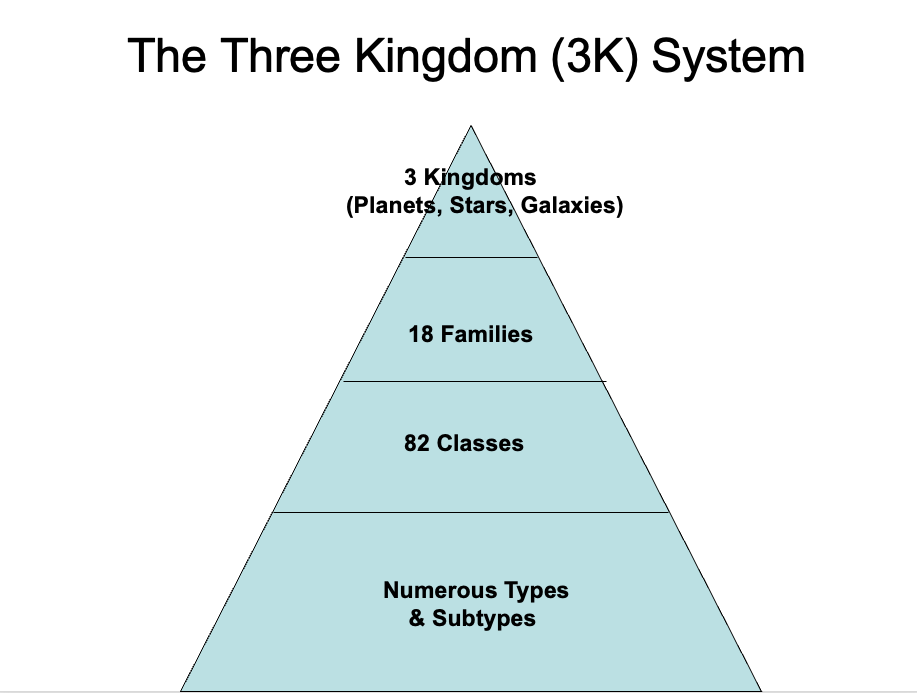
Astronomy’s three kingdoms, 18 families, and 82 classes
The system I have dubbed astronomy’s Three Kingdoms (the 3K system for short) is hierarchical in nature. It begins with three overarching kingdoms: planets, stars, and galaxies. These are the canonical divisions adopted in astronomy textbooks over the last century. I then build a classification system around these three kingdoms, beginning with six families of objects within each kingdom. Families are based on origin, location, subsidiary status, and tendency to form systems.
The symmetry of the six families of each kingdom reflects their physical basis in gravity’s action. Thus, the system features the proto-family (protoplanetary, protostellar, protogalactic), the eponymous or “central” objects themselves (planets, stars and galaxies), the circum-family (circumplanetary, circumstellar, circumgalactic), the sub-family (subplanetary, substellar, subgalactic), the inter-family (interplanetary, interstellar and intergalactic), and the systems family (planetary systems, stellar systems, galactic systems).
Finally, under these 18 families come 82 classes of objects, which incorporate and supplement the variety of classification systems that astronomers have already devised.
As in any classification system, there are ambiguities, including at the class level. These can be mitigated by a system of classification principles. For the 3K system, these include five guidelines when it comes to the determination of classes and the placement of objects within classes.
First, classes are delineated based on the object’s physical nature (i.e., composition, where possible). Second, an object should always be placed in its most specific class. Third, when possible, classes already in use are retained, such as the luminosity classes for stars and the Hubble classes for galaxies, supplemented by new knowledge. Fourth, the recommendations of the International Astronomical Union are followed — e.g., a dwarf planet is not a class of planet, but subplanetary. And fifth, potential but unverified classes are not included.
There is room for constructive argument about certain classes. For example, black holes are placed under stellar evolutionary endpoints, but what about intermediate-mass and supermassive black holes? The formation mechanism of supermassive black holes at the centers of galaxies remains unknown, and the earliest supermassive black holes may be the result of massive gas clouds collapsing, rather than star deaths. Thus, whether supermassive black holes should be a separate class will depend on more research — as in any developing system.
Nonetheless, I would argue the utility of the system when it comes to the insights gained by putting objects into their proper place. For example, what about Herschel’s nebulosities? Over the course of two centuries they have been distinguished and designated as reflection nebulae (Class S 28), planetary nebulae (S 17), H II regions (S 24), globular clusters (S 35), and spiral galaxies (G 4). The 3K system allows you to see that reflection nebulae fall in the subfamily of dust in the interstellar medium, while H II regions are among its gaseous constituents. Planetary nebulae are circumstellar in nature, the result of a dying star ejecting its outer envelope. Globular clusters fall in the stellar systems family, while those nebulosities that are extragalactic go into galaxy subfamilies.
Below are just three of the classes into which Herschel’s nebulosities may be sorted:
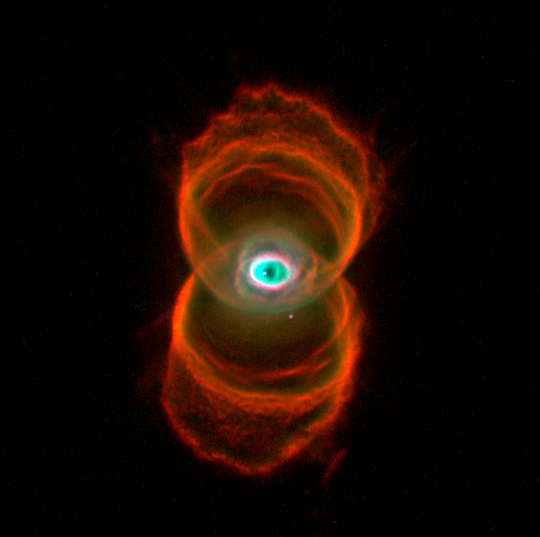
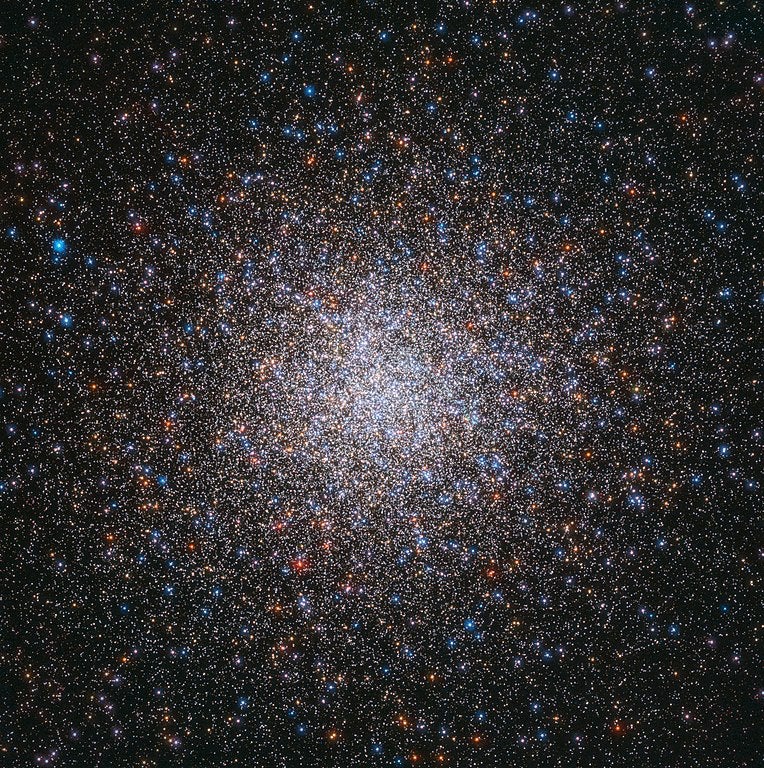
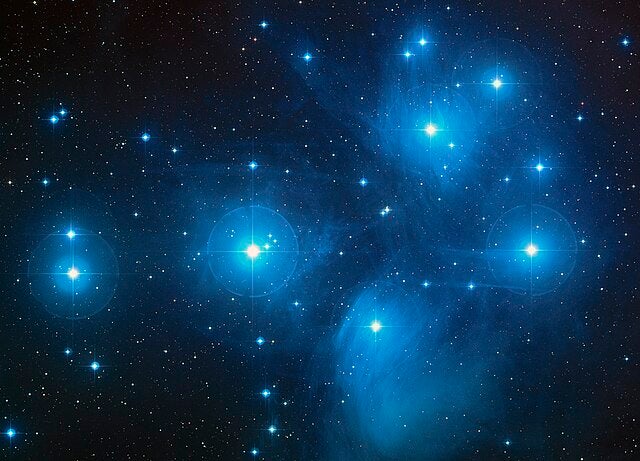
The January 2024 issue of Astronomy, featuring “101 weirdest cosmic objects,” provides a good test of the 3K system’s robustness. Only two objects in that special issue were in the planetary kingdom (protoplanets and planetary systems), while 17 were in the stellar kingdom and seven in galaxies. Planetary nebulae dominated the stellar kingdom with 14 objects, and spiral galaxies the galactic kingdom with 11 entries. Aside from two asterisms (which are not objects), all 101 objects fit into one of the 82 classes, with an impressive 27 classes represented. One possible exception is the four dwarf galaxies, which are not a separate class in the 3K system. One might argue whether they should be, since in many cases they are smaller versions of ellipticals or irregulars (but not spheroidals). This is only one of many questions raised in the process of classification.
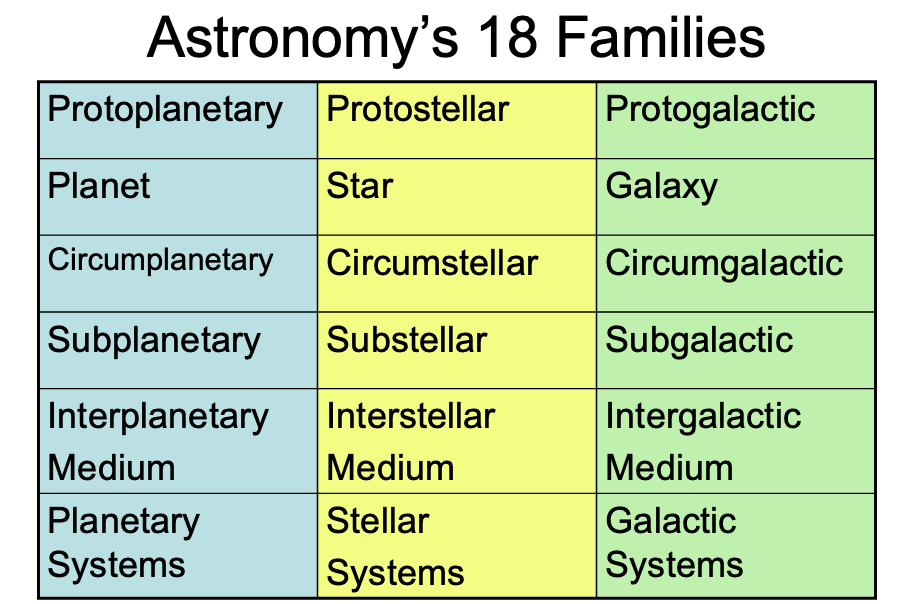
Where’s my favorite object?
You may ask “Where’s my favorite object?,” such as a certain variable star, nova, magnetar, or Markarian or starburst galaxy.
These exist at a level below class. Variable stars such as Cepheids, for example, are not a class of objects in this system, on the same level as giant and dwarf stars. Rather, they are types of stars that could be included in a more complete system that reaches into lower taxa. Thus, variable stars are spread among the many classes of stars.
RR Lyrae variables are types of the giant and bright giant classes, while Cepheid and R Coronae Borealis variables are found mainly among the supergiants. A few stars, such as T Tauri and Herbig Ae/Be stars (S 2 and S 3), are themselves variable at the class level, though they have their own types. Novae are also one taxonomic level down because they are a type of binary star (S 31). Magnetars are a type of neutron star/pulsar (S 13), while a Markarian galaxy is a type of active galaxy spread among the Seyfert, quasar, blazar, and radio galaxy classes (G 6 through G 9). And a starburst galaxy is an evolutionary phase most often associated with interacting galaxies (G 20).
Each object encountered can be fit into the 3K system’s framework in a way that provides the proper context. This allows us to infer the importance of any new discovery: If it is a new class of object, that is very important. The discovery of a type under the class level is of lesser importance, and so on down the taxonomic levels to subtypes. So, definitive proof of a higher-level taxon, such as a new family or kingdom (a multiverse?), would be vastly more important than, say, a new type of subgiant star.
How to use the system
The 3K system has many uses. It brings a consistent set of principles, facilitates comparison at different scales, and perhaps can even hint at predictions — e.g., should there be a class of planetary jets (think Enceladus) analogous to stellar jets (S 20) and galactic jets (G 11)?
Moreover, as in biology, classification is important for understanding the evolutionary relationships of astronomical objects. Planetary, stellar, and galactic evolution can be traced through most of the classes, beginning with the proto-classes P1, S1 and G1. The 3K system allows students to perceive immediately where an object fits in the scheme of astronomical objects — or to elaborate the system.
It is essential to emphasize that because all classes and classification systems are socially constructed, the Three Kingdom system is not the only one that could be proposed. In the end, its raison d’être and staying power are dependent on its accuracy, simplicity, and utility, both in scientific and pedagogical terms.
Classification raises many scientific and philosophical questions. How does one define a class of astronomical objects? How does one recognize a new class? How has this happened historically, and how many new classes remain to be discovered?
More information on the history of the classes and the classification system itself can be found in my book, Classifying the Cosmos.
Here’s another challenge: If you think an object, new or old, genuinely deserves class status, let us know on Facebook or X — and provide your argument!









